We have all experienced the happiness of helping our grandmothers in the kitchen as they made some delicious homemade achaar. The child in us was wholly energised as we eagerly waited for her to finish the process, so we could enjoy a delicious meal before going out into the sun to play. The aroma of freshly made pickles being scooped into beautiful ceramic jars, with different flavours and colours always made our mouth water. The orange oil stains we tried to hide as we accidentally spilled some on our newly bought t-shirts is always a memory we will treasure. Regardless of where we come from, each one of us has a tonne of such memories frozen in time that sneaks its way up occasionally as we open a new jar of pickles. We never fail to take back pickles from our hometown, even if it’s a different city or even a new country. But have you ever paused to think how they are made, the effort it took for your grandmother to fill up containers of pickles for you to take back home after every vacation? Here is a brief tale of how Indian pickles were made.
Historically, pickles were said to be preserved in salt, vinegar, honey, or syrup. These methods were then developed over the years to get to where we are now. The ingredients used in making achaar are mostly based on seasonal vegetables, fruits, and meat but can be stored and consumed year-round on account of it being fermented.
Mango, lemon and chilli are the most common pickles and are usually prepared during the summers. They are left to dry in the sun for three to four hours in a muslin-covered jar before adding in the oil. Depending on the area it originates from, either mustard or sesame oil is used in the process along with spices of different kinds. Chilli powder, mustard, methi powder, salt and lightly crushed garlic cloves are the basic spices used in most pickles. Once the spices and oil are added to the main ingredient (for example, mango), it is then set aside for a minimum of 48 to 72 hours until it releases moisture after which it is good to go. Like most fermented products, pickles get better the longer it ages. Though the recipe might differ slightly based on the particular type of pickle being made.
And there you have it, an easy solution to recreate those moments of nostalgia and bring back tasty bits from your past. You will always have a jar of memories to relish and carry with you forever. .
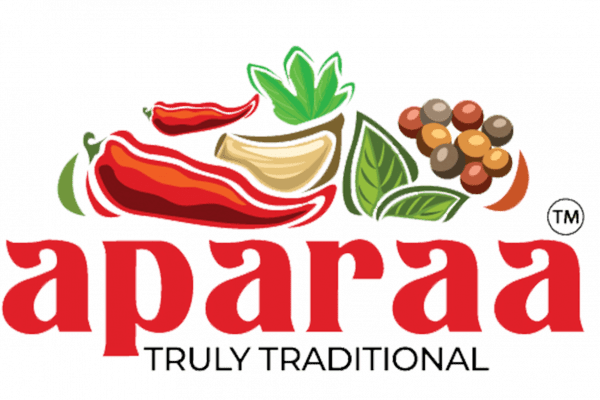
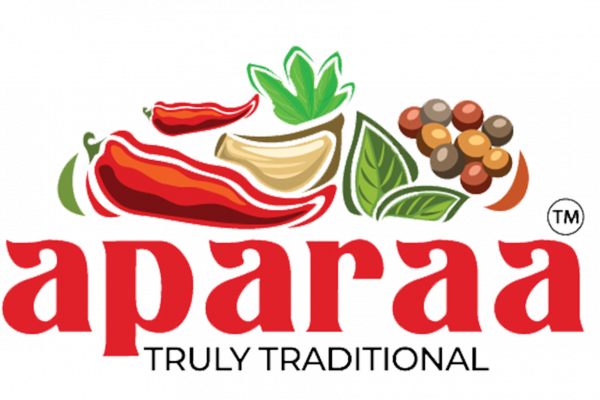
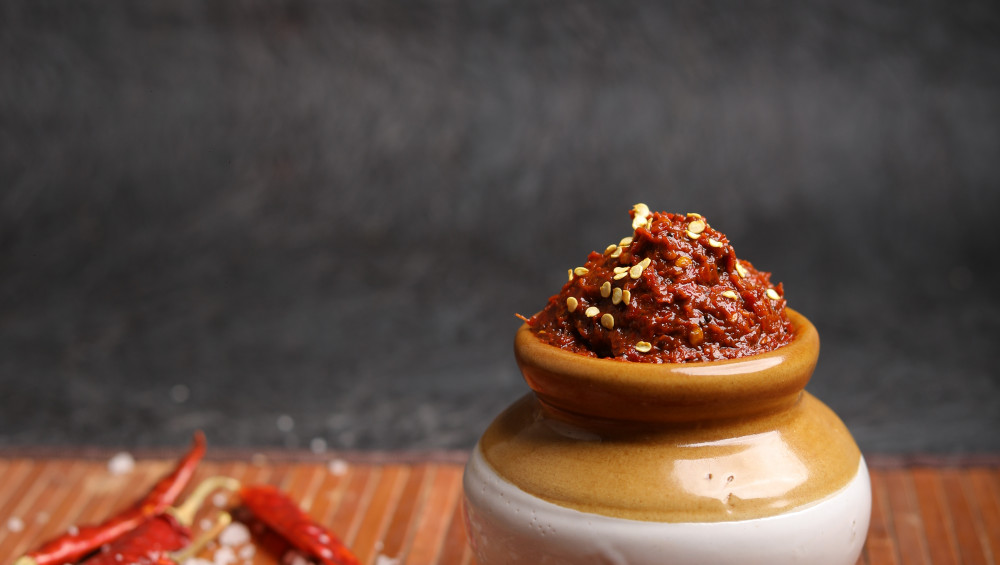
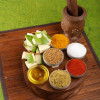
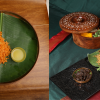

3 Comments
This is exactly what i was looking for, thank you so much for these tutorials
It would be great to try this theme for my businesses
What a nice article. It keeps me reading more and more!